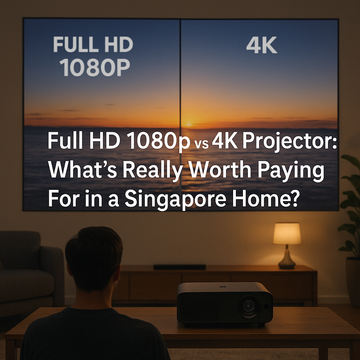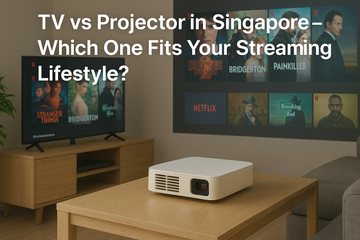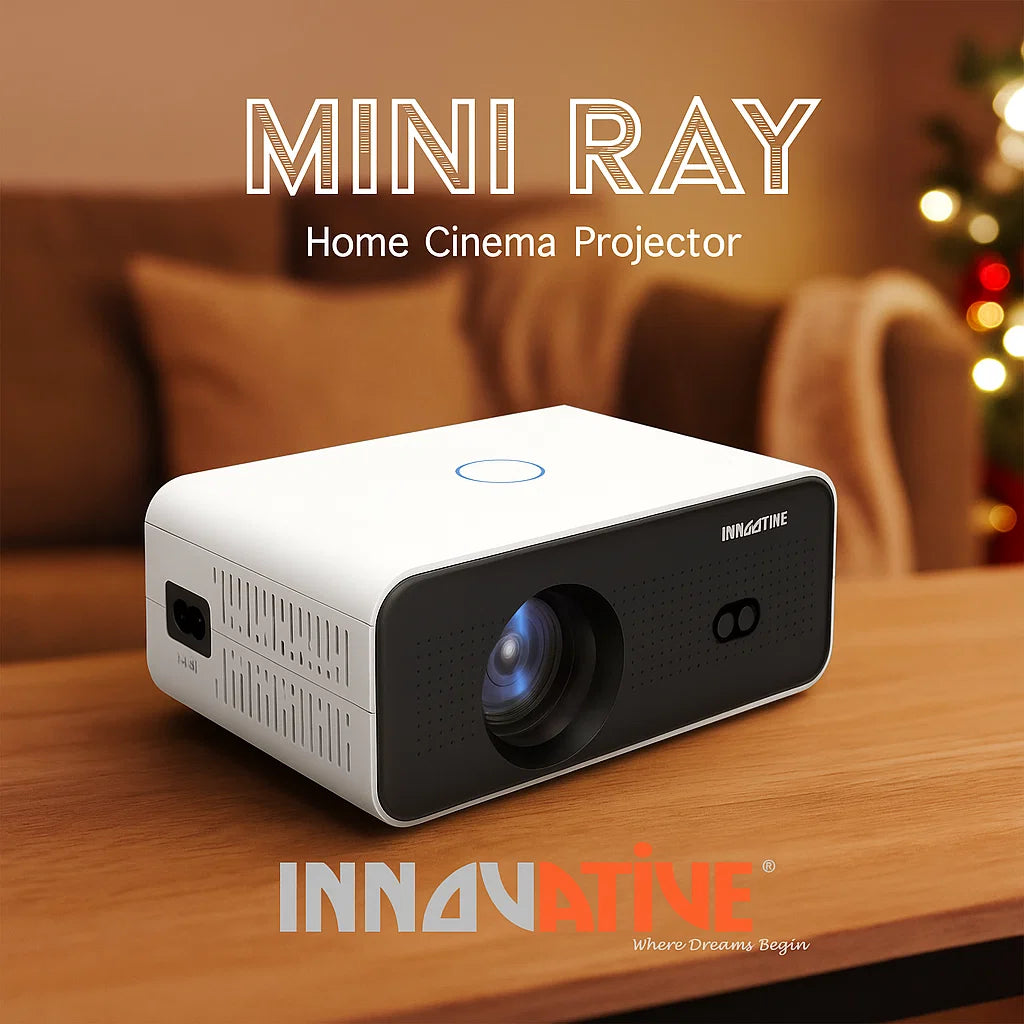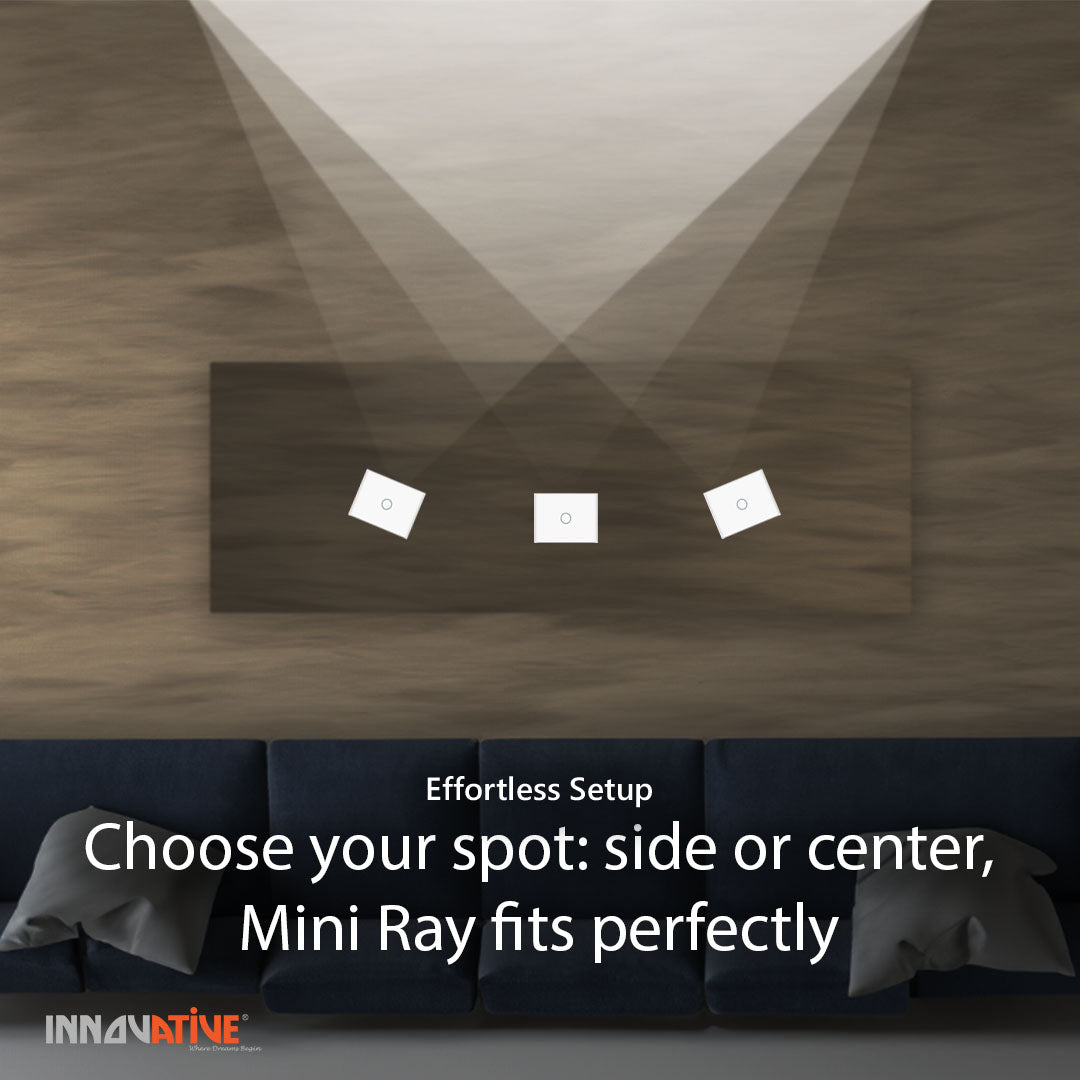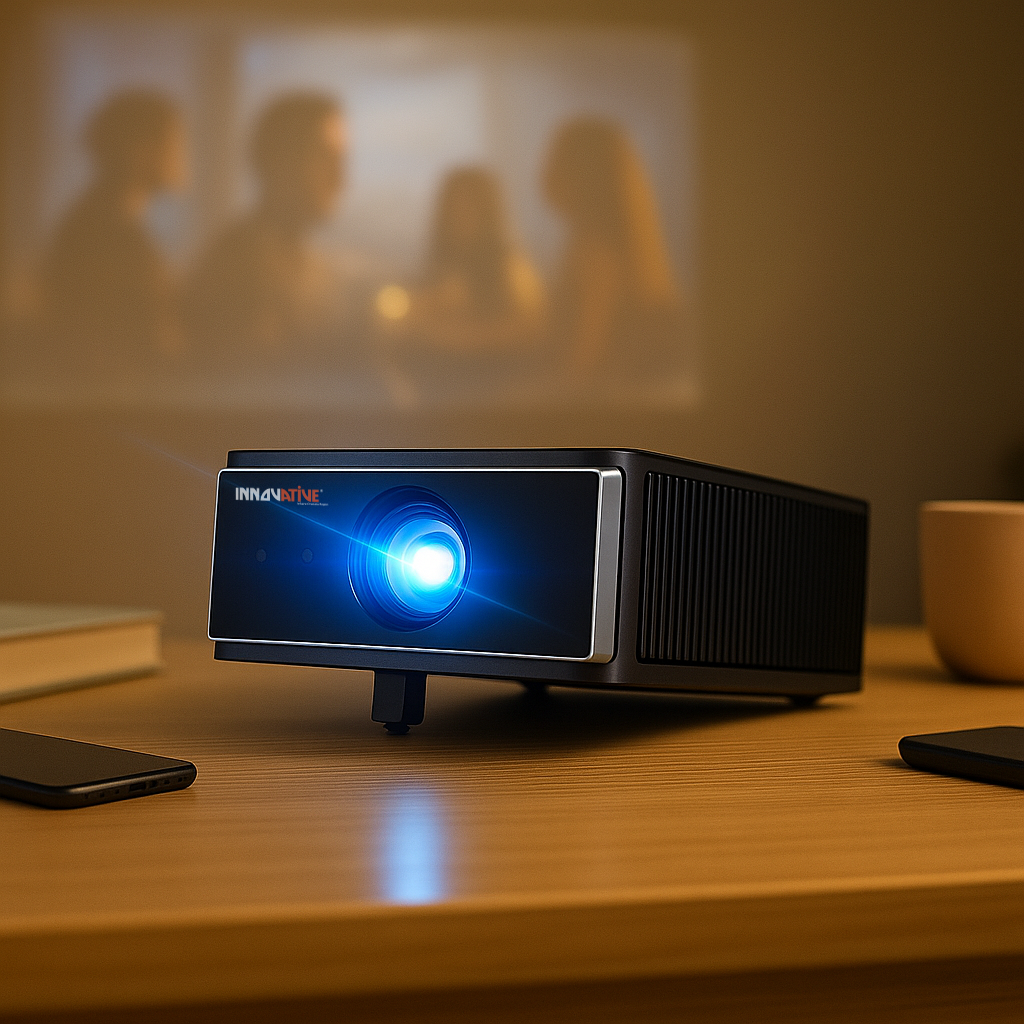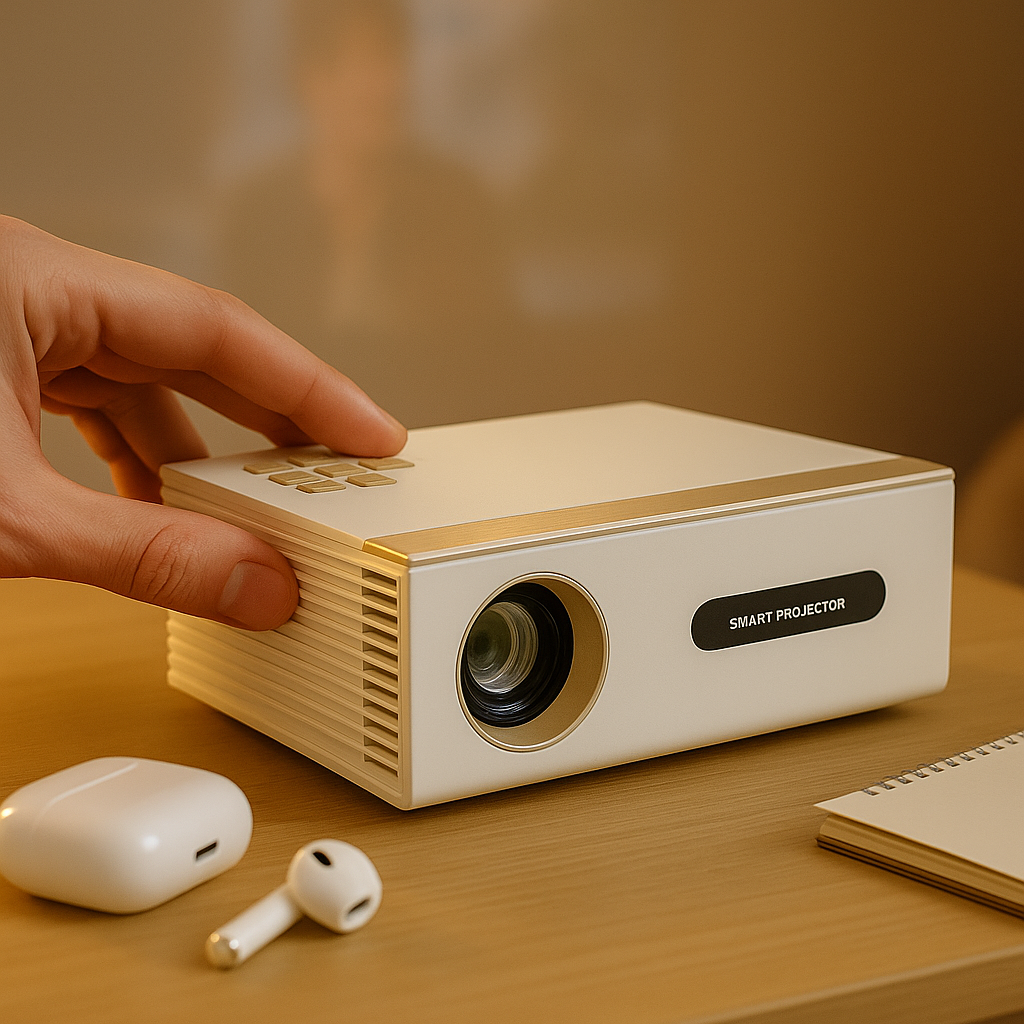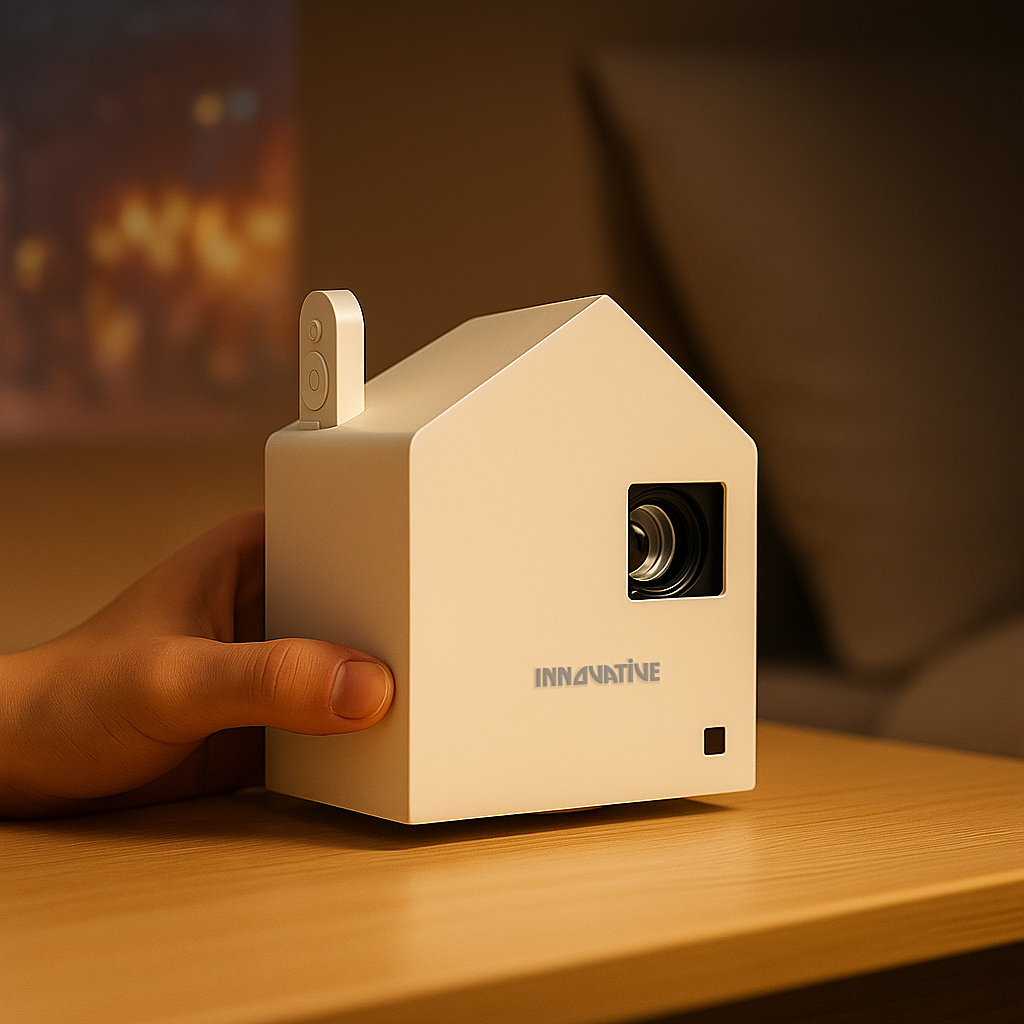A Better Way to Choose a Projector: Why Real-World Testing Matters More Than Lumens (2025 Guide)
When choosing a projector, many people rely heavily on the lumens number because it is the most visible specification in advertisements and product listings. However, brightness alone does not determine how good a projector will look in real use. Lumens tell only how strong the light output is, not how accurate, clear, or comfortable the picture will be.
Because different brands use different ways of reporting brightness, the lumens figure is not always a reliable point of comparison. A projector with a high lumen rating can still deliver a poor movie experience if other visual factors are weak.
This guide explains the practical, real-world elements that shape picture quality and offers simple tests that anyone can use to judge a projector fairly — without needing technical knowledge.
Why Lumens Are Not Enough
1. Brightness claims vary between brands
There is no single global standard for how manufacturers measure brightness. Some use ANSI lumens, some use LED lumens, and others use unregulated “marketing lumens”. Because these measurements are not consistent, comparing two lumen numbers side-by-side can be misleading.
2. A small image always looks bright
If a projector is placed close to a wall and displays a small picture, it will appear bright even if the actual light output is modest. At home, most people watch much larger images from much farther away. A realistic evaluation must match the user’s real viewing distance.
3. Menu screens are naturally bright
Most projectors have colourful, high-contrast menu screens that always look vivid. This can give the impression of good picture performance, but menus do not reflect how the projector handles real content such as movies, TV shows, or sports.
What Actually Shapes Real Picture Quality (Explained Simply)
1. Ability to show details in dark scenes
Good projectors reveal subtle details in shadows. Poor ones make dark areas look flat or grey. Since many movies include nighttime scenes, this is one of the most important qualities to check.
2. Natural-looking colours
A projector should show colours that feel comfortable on the eyes. Skin tones should look human, not overly red or pale. Everyday objects should look realistic. If colours look exaggerated, the viewing experience becomes tiring.
3. Smooth and stable motion
When the camera moves quickly, some projectors create blur or jitter. Good motion handling is essential for sports, action videos, and gaming.
4. Clear and sharp image focus
Sharpness depends on lens quality. A good projector shows clear edges, readable subtitles, and even focus across the screen. If the lens is weak, the picture may look soft even if the projector is bright.
5. How the projector performs in the actual room
Room brightness, wall colour, screen size, and viewing distance all affect the picture. A projector should be tested under conditions similar to where it will actually be used.
Three Simple Tests Anyone Can Do
These simple tests reveal the projector’s true performance more accurately than lumens.
1. Dark Scene Test
Play a scene with a lot of darkness or nighttime shots. This shows how well the projector handles shadows and low-light content. Look for details in dark areas instead of a flat, grey image.
2. Motion Test
Play fast-moving content such as sports or action scenes. This shows how stable and sharp the picture remains during fast movement. Notice whether the image becomes blurry or jittery when things move quickly.
3. Skin Tone Test
Play a video with close-ups of people talking. This shows whether the projector can reproduce natural, comfortable colour. Skin should look realistic, not too red, yellow, or washed out.
Testing at the Correct Distance Matters
A fair and accurate demonstration should match the user’s real conditions:
- Bedrooms: about 2.4 to 3.0 metres
- Living rooms: about 3.0 to 4.0 metres
Testing at overly short distances makes every projector appear brighter and sharper than it will be in actual use. Real-distance testing provides a more honest impression.
Summary: A Practical Way to Choose a Projector
Choosing a projector should not rely only on lumens. Instead, consumers can make better decisions by focusing on:
- clarity in dark scenes
- natural colours
- smooth motion
- sharpness across the image
- realistic, real-distance demonstrations
- matching the test environment to the room at home
These real-world factors determine the overall viewing experience far more reliably than brightness numbers. A projector that performs well in these areas will deliver a better experience, regardless of lumens.



